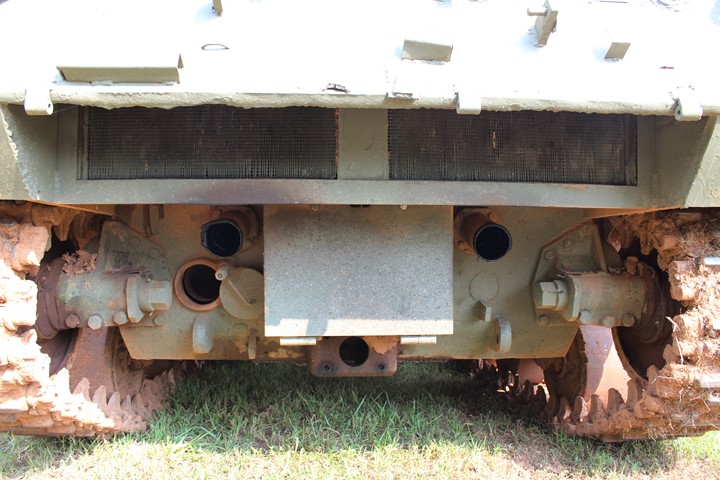The M5 Stuart and large hatch wet 76 Shermans were very extensive modifications of their predecessors, so I don't see any problem with cramming more improvements in the Sherman. The transfer case was already developped for other vehicles and was not a particularly tricky part, and was only necessary with the radial and the Multibank IIRC. Considering that the Ford-powered M4A3 became the primary US Army tank in the second half of the war, one could even ignore the transfer case altogether and only redesign the future production M4A2s and A3s. However, it seems the US expected the T2X program to succeed early on, which may have reduced the motivation to develop an improved Sherman.
Increasing standardization with the M10 GMC hull was probably feasible. It already featured the reduced height when using the low-driveshaft engines without a transfer case, for both the GM 6046 and Ford V8. I don't think a transfer case would have particularly improved things here. Further reductions in height would require having a raised engine deck or the T2X's Ford GAN which was a reduced height version of the GAA. However it had teething troubles in the T2X so not sure it could be made reliable in time.
In any case, this was proposed by Detroit in 1942 so hardly a new thing.
The reduction in height and the need to redesign the front with large hatches and less weakpoints could also allow the use of the M10's front slope of 55° with the large hatch hull thickness of 63mm without any increase in weight, increasing protection over a regular large hatch Sherman. Assuming this isn't too much work to redo the ergonomics of the driver and his assistant.
The turret basket and crew stations would have to be altered, but since some work on that was done to accomodate wet stowage, this isn't too difficult.
If there is still some weight budget left thanks to the height reduction, it could feature Detroit's proposed 30° sloped sponson sides, increasing the protected arc.
I also don't see why HVSS couldn't have been finished earlier. Some form of it was tested on the M6, T14 and proposed on M4X Sherman, and the US was developping new tracks at a rapid pace. Ditching the poor M6-type tracks in favor of OTL HVSS-type tracks early enough to see it in production on these more ambitious large hatch Shermans in late 1943 was probably feasible. That could allow a greater weight budget if some loss in power-to-weight ratio is acceptable, to improve front armor further. Under a ton should be enough to be highly resistant/immune to PaK 40 frontally.
This shows more or less what I mean when it comes to the height/hull front/sponson/ergonomic improvements.
